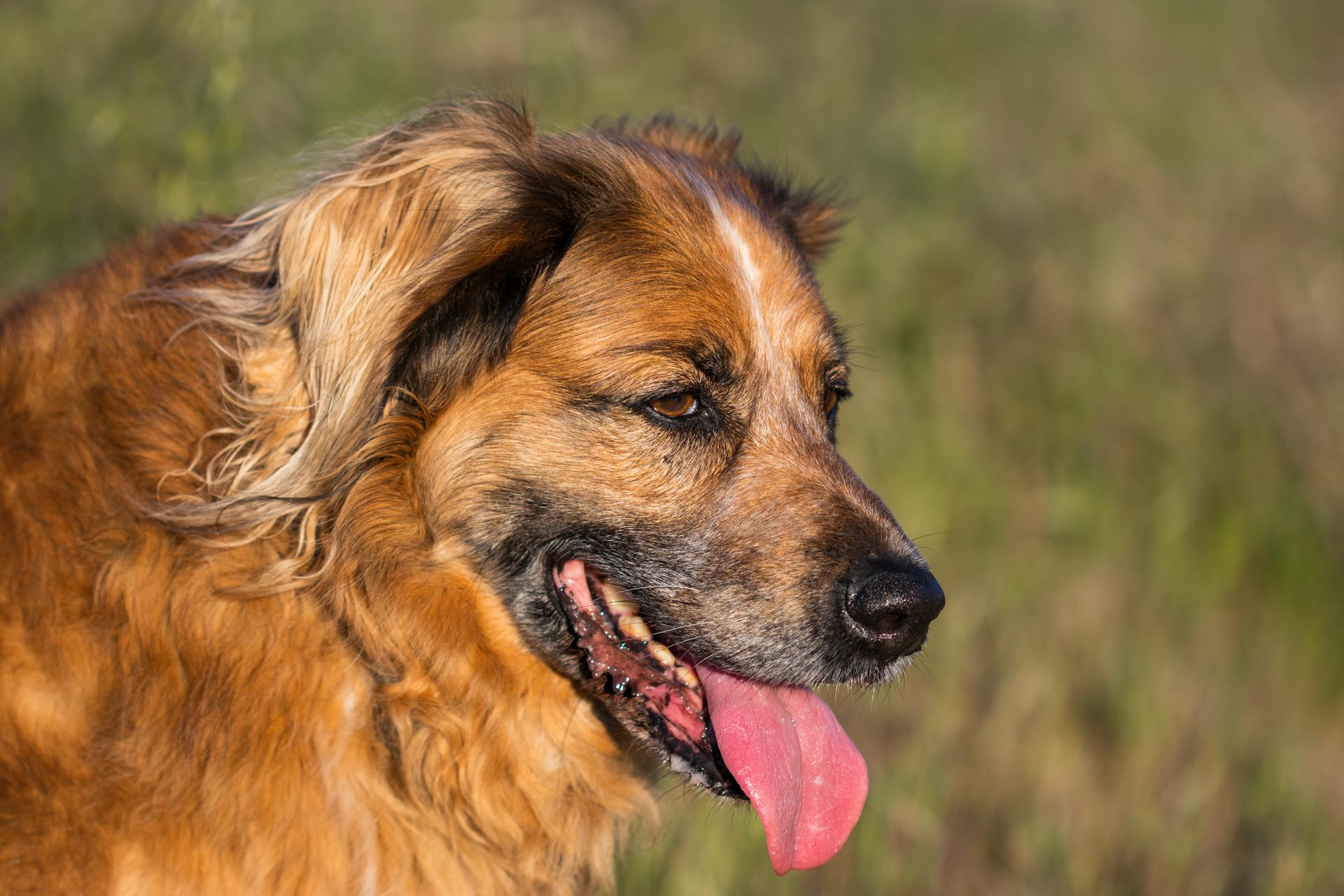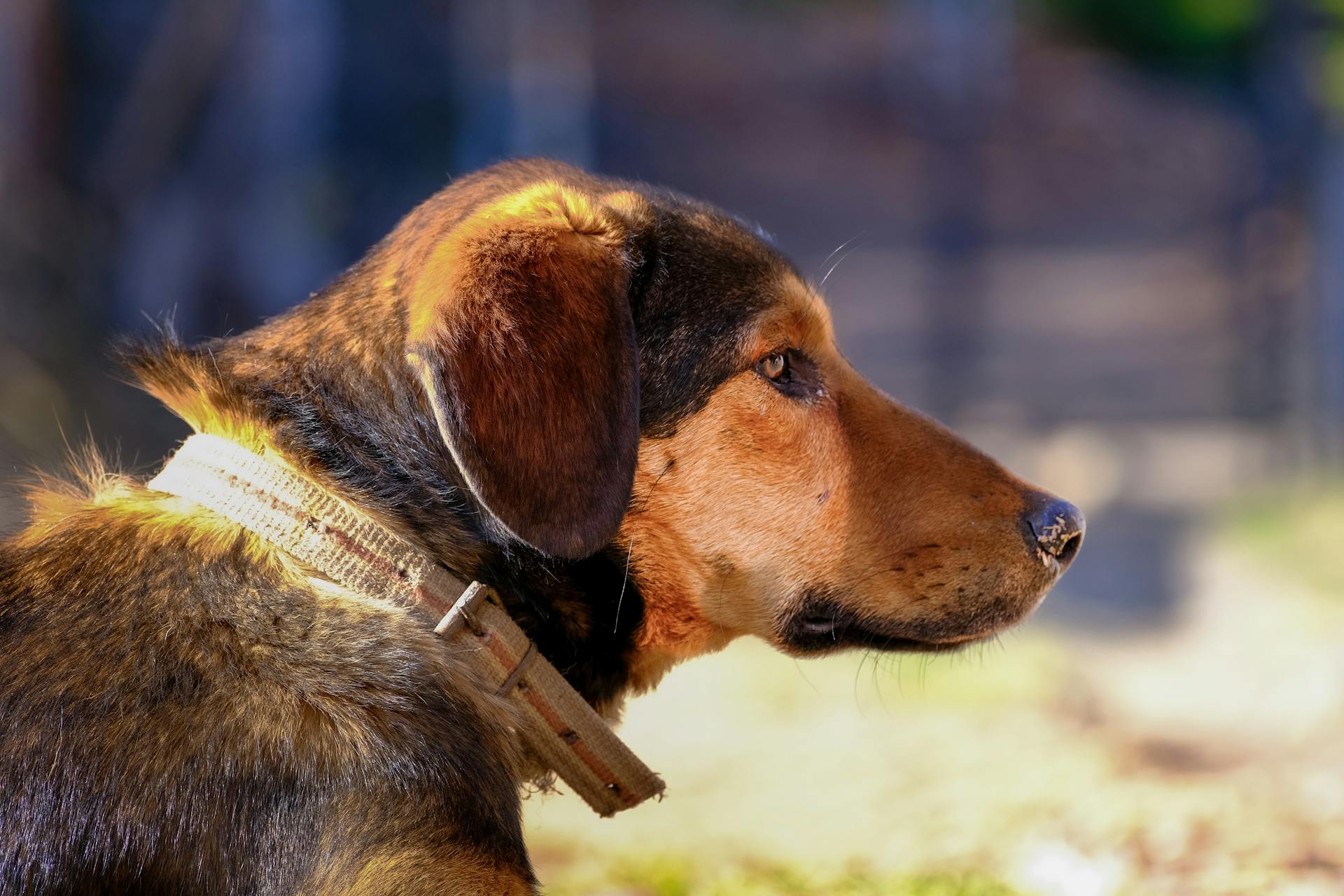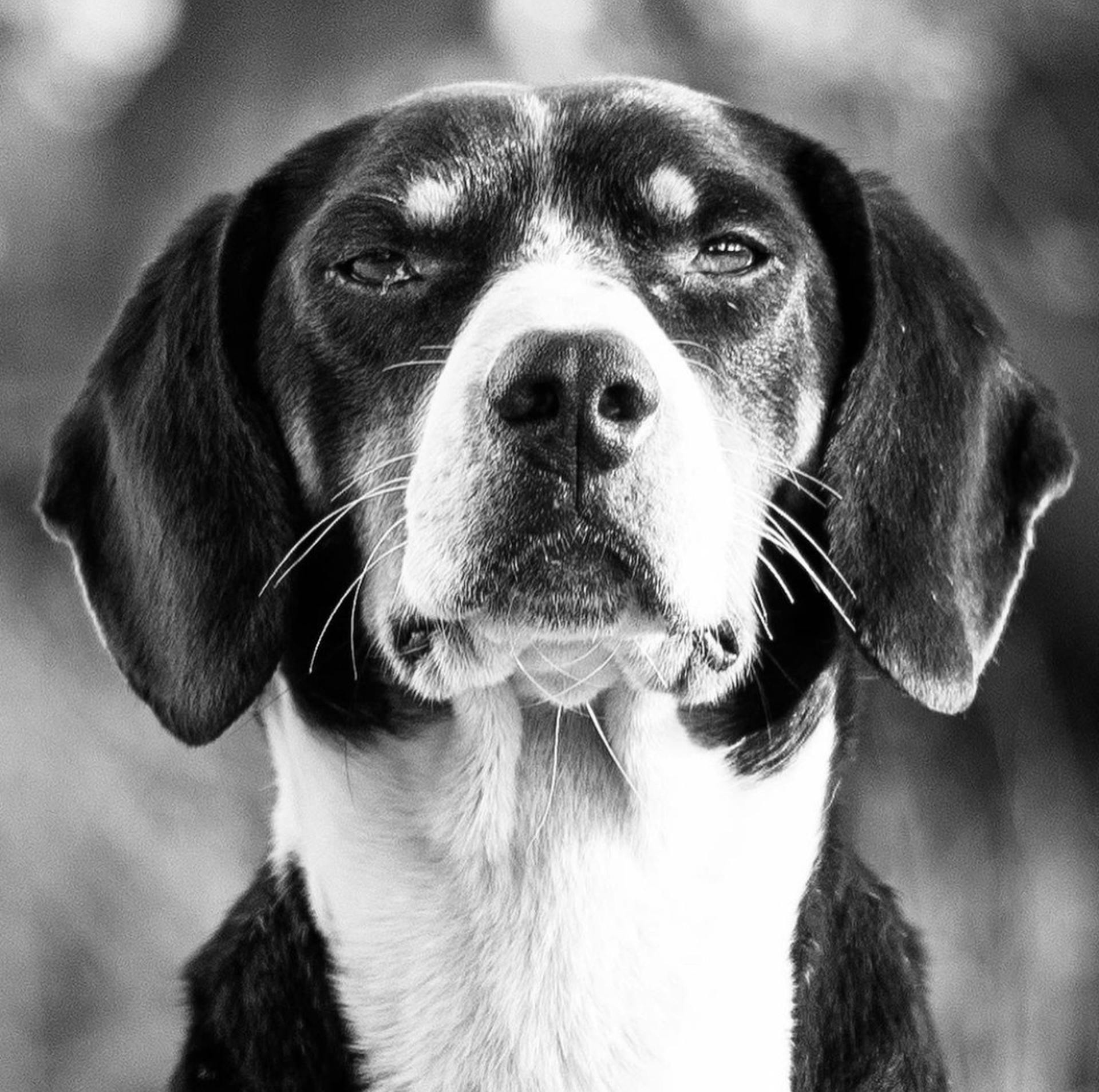
The Afghan Hound is an ancient breed with a rich history that dates back thousands of years.
They originated from the Middle East and Central Asia, where they were bred as hunting companions for royalty and nobility.
These majestic dogs have been depicted in ancient artifacts and artwork, showcasing their importance in the region's culture and society.
The Afghan Hound is known for its distinctive physical appearance, with a silky, fine coat that requires regular grooming to prevent matting.
Additional reading: What Are the 14 Ancient Dog Breeds
Breed Characteristics
The Afghan Hound is a breed with a unique personality. They are extremely self-confident and can be quite independent.
Their temperament is loyal, loving, playful, joyful, and aloof. This means they'll form strong bonds with their family but may not always want to follow commands or listen to instructions.
Here's a breakdown of their key characteristics:
Their exercise needs are high, so be prepared to take them on regular walks and playtime.
Khalag Tazi
The Khalag Tazi is a variety of the Afghan Hound.
It was introduced to Europe in 1920 by Major G Bell-Murray, who brought some animals back from Afghanistan.
This makes it one of the earliest recorded introductions of this breed to European countries.
Breed Characteristics
The Afghan Hound is a breed that stands out with its regal carriage and long locks swaying.
This eye-catching breed has a self-confident nature, which can make it strong-willed and independent at times. They can also act clownish, lazy, and a bit ditzy when they want to.
In terms of affection level, the Afghan Hound is medium, meaning they are loving but not overly clingy. They're also medium in terms of friendliness, kid-friendliness, and pet-friendliness, so they get along okay with others but don't go out of their way to be super social.
Exercise needs for this breed are high, so you'll need to provide plenty of physical activity to keep them healthy. Playfulness and energy level are also medium, which means they're not overly demanding in these areas.
One thing to note is that the Afghan Hound can be a bit stubborn when it comes to training. They have a low trainability score, but with patience and consistency, you can still teach them some basic commands.
Here's a quick rundown of some key breed characteristics:
The Afghan Hound's lifespan is typically between 11-14 years, and they come in a variety of coat colors including black, blue, red, cream, white, black and tan, black and silver, and blue and cream.
A fresh viewpoint: Cream Pomeranian Dog
The Breed History
The Afghan Hound has a rich history that dates back thousands of years, with DNA researchers discovering that the breed is one of the most ancient dog breeds.
Afghan Hounds originated from several regions in Afghanistan, where they were bred to serve as hunting companions for humans. Their unique characteristics, such as speed, quick thinking, and panoramic vision, made them invaluable assets on hunts.
The original name for the Afghan Hound was Tazi, a testament to its ancient lineage. The breed's DNA is more closely related to dogs of ancient history than common contemporary breeds.
Check this out: Irish Wolfhound History
In the early 1900s, Afghan Hounds became popular among British soldiers and noblemen, but their numbers dwindled during World War I due to resource constraints. It wasn't until the mid-1920s that British military officers began bringing Afghans to the West, paving the way for their registration with the American Kennel Club in 1927.
The breed's popularity soared in the late 1970s, thanks in part to Zeppo Marx of the Marx Brothers and his introduction of Afghan Hounds to America. During this time, Barbie and her pet Afghan Hound Beauty became beloved by many Americans.
Related reading: Staffordshire Bull Terrier Puppy Brindle
Physical Characteristics
The Afghan Hound is a tall breed, standing at an impressive height of 61-74 cm (24-29 inches). This sturdy build weighs around 20-27 kg (44-60 pounds), making them a significant presence.
Their long, fine-textured coat requires considerable care and grooming. The high hipbones and unique small ring on the end of the tail are also characteristics of this breed.
Here's a quick breakdown of their size:
Their long topknot and the shorter-haired saddle on the back of the dog are distinctive features of the Afghan Hound coat.
Size
The Afghan Hound is a tall breed, standing at an impressive 61-74 cm (24-29 in) in height.
To give you a better idea of their size, let's take a look at some specific measurements. According to the Journal of Heredity study published in 2010, Afghan Hounds typically weigh between 20-27 kg (44-60 lb).
Their height can vary slightly depending on whether they're males or females. Males are generally taller than females, but both sexes have a similar weight range.
Here's a quick rundown of the average size for male and female Afghan Hounds:
Their size is just one aspect of what makes the Afghan Hound such a unique and fascinating breed.
Coat Color and Grooming
The Afghan Hound is a stunning breed with a long, fine-textured coat that requires considerable care and grooming.
Their coats come in many different colors, including solid colors allowed by the American Kennel Club breed standard, but white markings on the head are discouraged. Many individuals have a black facial mask, and some are almost entirely white.

A specimen may have a beard on the lower jaw, known as a "mandarin". Some Afghan Hounds are parti-color, with islands of red or black on a white background, but these are penalized in the AKC standard.
The long topknot and the shorter-haired saddle on the back of the dog are distinctive features of the Afghan Hound coat. The high hipbones and unique small ring on the end of the tail are also characteristics of the breed.
Regular brushing and combing is necessary to prevent tangles, as well as frequent bathing. Many parents elect to hire a professional groomer to keep the coat in good condition because grooming the Afghan is so time-consuming and difficult.
Here are some tips for grooming your Afghan Hound:
- Brush their coat multiple times per week to maintain its silky texture and reduce shedding.
- Trim nails as needed, and provide proper dental care on a regular basis.
- Keep ears clean and check regularly for signs of irritation or infection.
- Tie the hair on their head up in a top knot to prevent it from getting into their food or trapping bacteria around their ears.
By following these tips, you can help keep your Afghan Hound's coat looking its best.
Health and Care
Afghan Hounds are generally healthy, but like all breeds, they're prone to certain health conditions.
Their exercise needs are moderate, requiring daily activity such as a long walk or run. Consistent obedience training is necessary, with positive reinforcement methods working best. If left alone in small living quarters, Afghan Hounds can become overexcited and destructive, just like most other dogs.
Some common health issues in Afghan Hounds include allergies, cancer, cataracts, and hypothyroidism. Allergies may cause symptoms such as sneezing, eye and nasal discharge, itching, hair loss, and lethargy. Hypothyroidism can be treated with medication and diet, but its symptoms include chronic ear infections, bacterial infections of the skin, hair loss, lethargy, and depression.
Their grooming needs are moderate due to their long locks, requiring regular brushing. The good news is that Afghan Hounds have a low-shedding coat, making them a hypoallergenic breed.
Grooming
Grooming is an essential part of an Afghan's care due to their long coat.
Regular brushing is a must for Afghans to prevent mats and tangles, with multiple brushings per week recommended to maintain their silky texture and reduce shedding. The fine and silky coat can become tangled easily if not brushed frequently.
Afghan hounds are prone to ear infections, so it's crucial to keep their ears clean and check them regularly for signs of irritation or infection. Their long hair around the ears traps bacteria and dirt, making regular cleaning a must.
To prevent ear infections, simply wipe your Afghan's ears weekly with a cotton ball moistened with a cleanser recommended by your veterinarian. Never stick cotton swabs or anything else into the ear canal, as this can damage it.
In addition to regular brushing and ear care, Afghan hounds also require nail trimming and proper dental care on a regular basis. This will help keep them healthy and happy.
Worth a look: Yorkshire Terrier Care
Lifespan
Lifespan is an important consideration for dog owners.
A UK study found a life expectancy of 11.1 years for this breed compared to an average of 12.7 for purebreeds and 12 for crossbreeds. This suggests that they may have specific health needs or characteristics.
Health Concerns
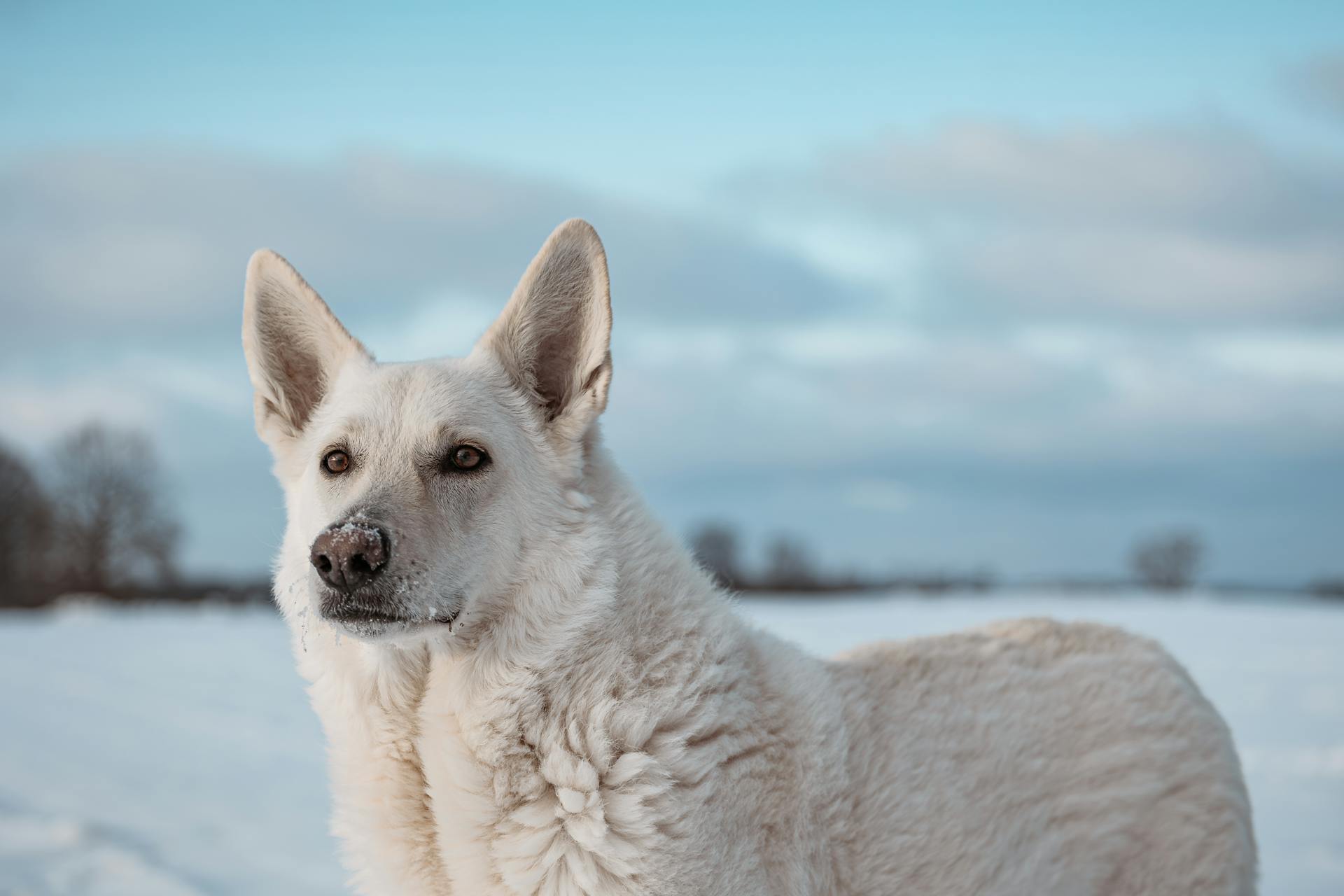
Afghan Hounds are generally healthy dogs, but like all breeds, they can be prone to certain health conditions.
Allergies are a common issue for Afghan Hounds, with symptoms including sneezing, eye and nasal discharge, itching, hair loss, and lethargy. Treatment varies depending on the cause and may include dietary restrictions, medications, and environmental changes.
Hip dysplasia is another condition that can affect Afghan Hounds, leading to arthritis and mobility issues if left untreated. Regular exercise and a healthy diet can help prevent this condition.
Afghan Hounds are also at risk for chylothorax, a rare but serious condition that causes the thoracic ducts to leak, allowing large quantities of chyle fluid to enter the dog's chest cavity. This can lead to lung-lobe torsion, which requires emergency surgery if not corrected through surgery, and ultimately cause fibrosing pleuritis.
Other health concerns for Afghan Hounds include laryngeal paralysis, dilated cardiomyopathy (twice as common in males as females), dermatological issues such as testosterone-responsive dermatosis of male dogs, nasal depigmentation (also known as Dudley nose), and skin tumours. Ocular conditions that can occur include medial canthal pocket syndrome, corneal dystrophy, cataract, and generalized progressive retinal atrophy.
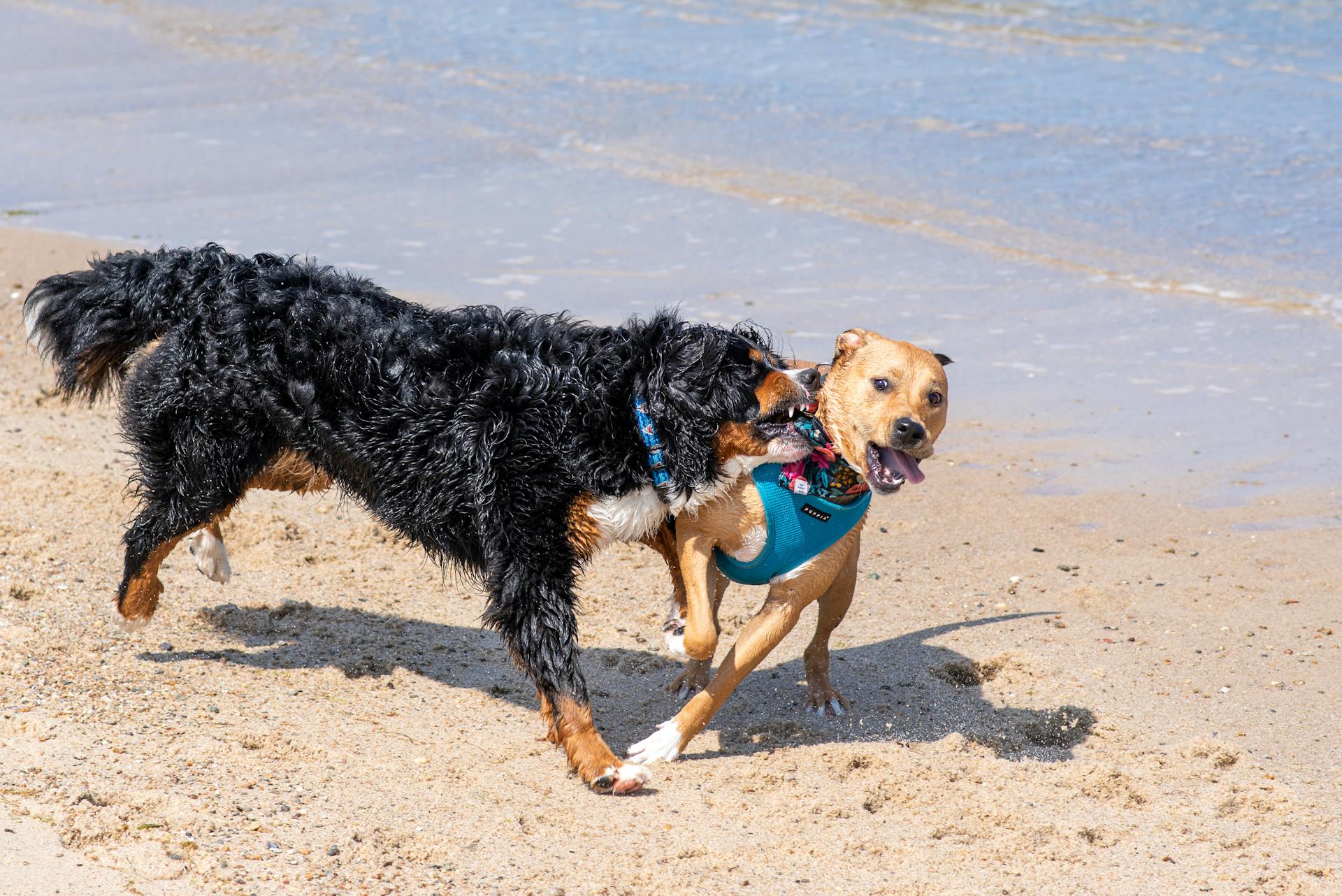
Here are some specific health concerns for Afghan Hounds:
- Cancer: symptoms may include abnormal swelling of a sore or bump, sores that do not heal, bleeding from any body opening, and difficulty with breathing or elimination.
- Cataracts: the leading cause of vision loss in dogs, defined as a "partial or complete opacity of the lens".
- Hypothyroidism: a disorder of the thyroid gland, symptoms include chronic ear infections, bacterial infections of the skin, hair loss, lethargy, and depression.
Personality and Temperament
The Afghan Hound is a unique breed with a distinct personality. They are typically one-person or one-family dogs and can be quite indifferent to guests.
Afghan Hounds are not known for being good watchdogs as they tend to bark only once or twice when a stranger enters the home. This independent thinking also makes them a challenge to train, especially if you're looking for a dog that's highly motivated by food rewards.
However, despite their aloof nature with strangers, Afghan Hounds form close bonds with their family and loved ones. They are loyal, loving, and playful companions who will quickly become an integral part of the family.
See what others are reading: One Eyed Shih Tzu
Personality and Temperament
The Afghan Hound is a unique breed that can be quite independent and aloof with strangers.
They are not typically motivated by food rewards and may not be as eager to please as other breeds. This makes training them a bit more challenging than others.
However, once you've earned their trust and affection, they can form incredibly strong bonds with their family and loved ones. They're loyal and loving companions that will become an integral part of your life.
One thing to keep in mind is that Afghan Hounds are not naturally inclined to be good watchdogs - they may bark occasionally when a stranger enters the home, but it's not something you can rely on.
On the other hand, their athleticism and bravery make them quite capable of handling themselves in various situations. They're strong, agile, and have stamina, which is impressive considering their long coats and striking eyes.
With gentle handling, kindness, and patience, Afghan Hounds can thrive and become wonderful family pets.
Cons
Some breeds can be a handful when it comes to their grooming needs. Afghan Hounds, for example, require a fair amount of grooming.
One thing you should know about Afghan Hounds is that they can be stubborn and have a tendency to be more self-directed. This means they might not always listen to commands or follow instructions without some extra encouragement.
Long hair on dogs like Afghan Hounds makes them prone to ear infections. Regular cleaning and inspections are essential to prevent this issue.
Care and Feeding
Afghan Hounds are laid-back and calm indoors, but they're naturally active dogs that need daily exercise.
To keep your Afghan dog happy and healthy, it's essential to provide them with a long walk or run every day. This will help burn off their excess energy and prevent destructive behavior in small living quarters.
A high-quality dry food is recommended for Afghan Hounds, and the ideal amount to feed them is 2 to 2.5 cups per day, divided into two meals. Consistent feeding times can also help with training and maintaining a healthy weight.
Brushing your Afghan's teeth at least two or three times a week can prevent tartar buildup and bacteria, while daily brushing can even prevent gum disease and bad breath. Don't forget to check for sores, rashes, or signs of infection on their skin, ears, nose, mouth, eyes, and feet during weekly exams.
Afghan Hounds have long locks that require regular grooming, but their coat is surprisingly dander-free due to the way their hair traps particles.
Exercise and Training
Afghan Hounds require a lot of exercise due to their high energy levels and stamina.
They will need more than just daily walks, so look for other forms of intensive exercise that can tire them out.
Coursing is an excellent option, where dogs like Afghans chase hares or plastic bags around a track, providing a fun way to burn off excess energy.
Afghan Hounds can also excel in agility and other canine sports, but you might be more likely to see them parading in an exhibition ring than chasing after tennis balls.
Exercise
Exercise is a must for Afghan Hounds.
They have plenty of energy and stamina, so daily walks alone won't be enough to tire them out.
You'll need to find other forms of exercise that are more intensive, like coursing or agility training.
Coursing events are perfect for Afghan Hounds - they can chase plastic bags or other items designed to look like hares around a track.
Afghan Hounds can also excel in agility and other canine sports, but be prepared for them to have just as much fun parading in an exhibition ring as they do chasing after something.
Broaden your view: Pembroke Welsh Corgi Agility
Training
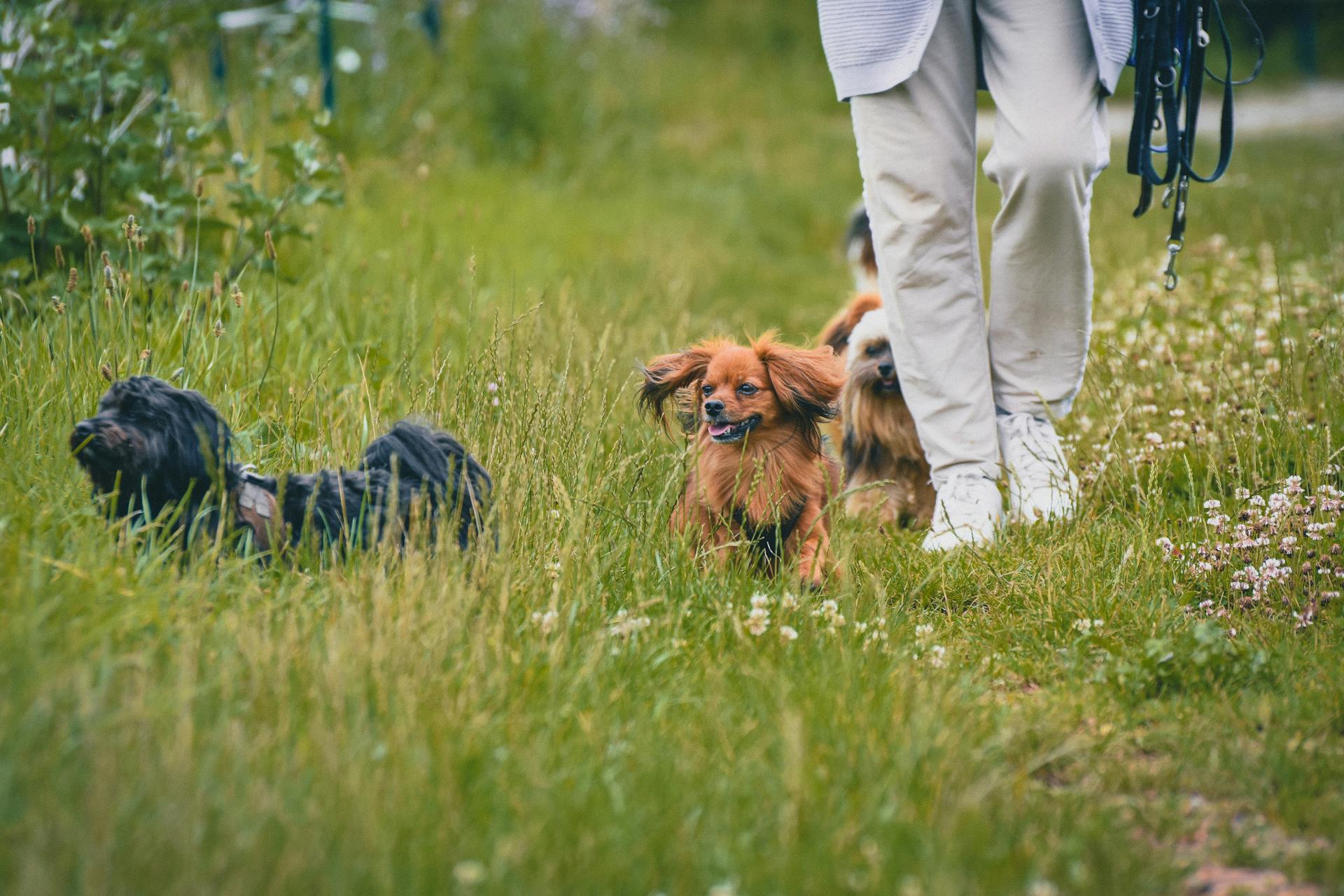
Training can be a bit tricky for Afghan hounds, as they're known to be aloof and stubborn at times.
They do best with positive reinforcement, which means rewarding them for good behavior rather than punishing them for bad.
Patience is essential when training an Afghan hound, as they can be independent and take their time to learn.
Their strong hunting drive can sometimes override even the best training, so it's not uncommon for them to refuse commands like "stay" or "come" if they're in pursuit of prey.
These dogs have a low tendency to bark, which means they won't alert you to everything that goes on outside the home.
Intriguing read: Best Time to Breed Dogs
Ownership and Rescue
Owning an Afghan Hound can be a rewarding experience if you're willing to provide the necessary attention and exercise.
If you buy your Afghan hound from a breeder, expect to pay an average of $1,000 for this elegant dog, but prestigious breeders may charge upwards of $2,500 to $5,000 for a show-worthy Afghan. You can find additional information by reaching out to reputable Afghan hound breeders or Afghan hound rescue groups.
There are many Afghans in need of adoption and or fostering, making them perfect candidates for rescue groups like the Afghan Hound Rescue of Southern California.
If you're able to give an Afghan hound the high amount of attention and exercise they need, this could be the perfect dog for you. But be sure to do your research to get a full idea of what life with an Afghan hound is like.
Here are some reputable resources where you can find more information about adopting or buying an Afghan Hound:
- Afghan Hound Club of America
- Afghan breeder directory (U.S.)
- Afghan Hound Club of America National Rescue (U.S.)
In Popular Culture
The Afghan hound has had a significant presence in popular culture. They've been featured in numerous animated films and TV shows, including Balto, Lady and the Tramp II: Scamp's Adventure, Pound Puppies, and Bluey.
One notable example is the 1967 statue of an Afghan Hound named Kabul, said to be the head of a dog named Kabul by Pablo Picasso. This artwork is located in Chicago's Daley Plaza.

In addition to these visual representations, Afghan hounds have also appeared in various films, such as One Hundred and One Dalmatians, 101 Dalmatians, 102 Dalmatians, and 101 Dalmatians II: Patch's London Adventure. They've even been featured in music videos, like the avant-garde video for M83's "Set in Stone (M83 Remix)".
Here are some notable examples of Afghan hounds in popular culture:
- Balto
- Lady and the Tramp II: Scamp's Adventure
- Pound Puppies
- Bluey
Frequently Asked Questions
Why are Afghan Hounds so expensive?
Afghan Hounds are expensive due to their larger size requiring more space and food to breed. Their rarity also contributes to their higher cost.
Is an Afghan Hound a good family dog?
An Afghan Hound is a suitable family dog when properly supervised, but they tend to be independent and may not actively engage with children
Are Afghan Hounds smart?
Afghan Hounds are intelligent dogs with a strong-minded nature. They're eager to please but can be challenging to train due to their independent personalities.
Are Afghan Hounds cuddly?
Yes, Afghan Hounds are known for their affectionate nature and gentle interactions, making them a loving companion. They form deep emotional connections with their owners.
Do Afghan Hounds bark a lot?
Afghan Hounds are generally quiet dogs that don't bark much. They're a great choice for those who value a peaceful home environment.
Featured Images: pexels.com
